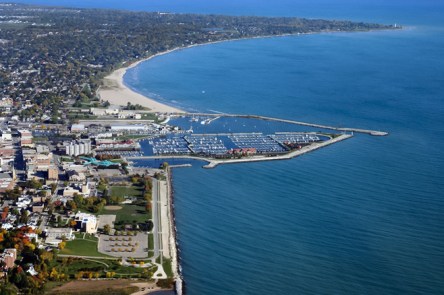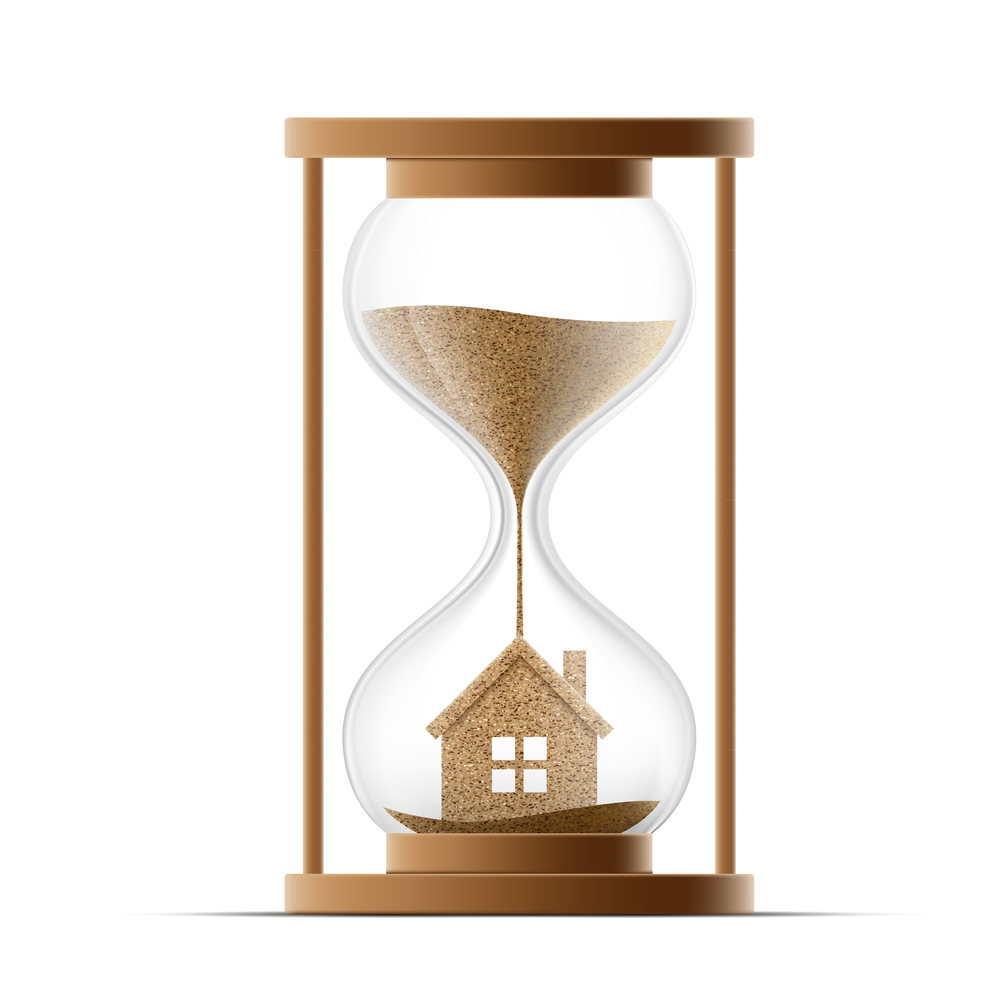Where are the most affordable places to live in the U.S.? Demographia’s 13th Annual Affordability Survey brought to light a list of affordable markets in the U.S. based on their median multiple, a number obtained by dividing the median house price by the median household income. The Median Multiple is widely used for evaluating urban markets and has been recommended by the World Bank and the United Nations. According to the survey, there are 82 affordable housing markets in the country. Racine, Wisc., is the most affordable of them this year, followed by Bay City, Mich. Decatur, Ill., Elmira, N.Y., and East Stroudsburg, Pa. America’s Kringle Capital is No. 1 With a population of less than 80,000, Racine is officially the most affordable city to live in based on median house price and median household income. If you decide to settle here, you’ll be 22 miles south of Milwaukee and 77 miles north of Chicago. Located at the mouth of the Root River, on the shore of Lake Michigan, the city is most famous for its Danish pastries. In fact, its nickname is derived from the kringle, an oval-shaped, buttery, flaky delicacy. But Racine is more than finger-licking desserts. The city boasts a zoo, a beautiful lakefront, a picturesque lighthouse, museums and historic architecture. Affordability Perks Bay City, Mich., ranks second in the top 5 most affordable cities. According to recent data published by mlive.com, the city is oversupplied, which keeps home prices and rent levels very low. City officials are struggling to eliminate blight, increase home values and attract new homebuyers. So if you’re thinking about moving to a riverfront property in a quiet town, now’s the time to do it. The third most affordable city in the U.S. this year is Decatur,...
Similar Challenges
Seniors, students & housing
When it comes to new construction, students are finding themselves in a dilemma similar to renters twice their age. A shortage of affordable and middle-market properties has students and seniors struggling to pay for shelter. Senior Care In senior housing, Boomers face limited affordable and middle-income options for their aging loved ones or themselves. New construction caters largely to high-end buyers. Location is a major factor: seniors’ most desired areas include sites with easy access to public transportation, activities, and proximity to family. These centralized locations come with high land costs. In the end, those costs and the costs of fluctuating building materials roll over to the seniors and their caretakers. Vorice Ratchford served as her mother’s caregiver for nearly a decade. She often checked for housing near her home in a southeastern suburb of Atlanta, but could never find accommodations within her price range. “Even when she was healthier, we couldn’t find housing that we could afford,” recalls Ratchford. “As her health declined—she had dementia—it became even harder.” The Alzheimer’s Association reports that housing costs range from $43,200 per year for basic services to $91,250 per year for a private room in a nursing home. In a single-earner household, taking on additional debt to pay for senior housing wasn’t an option. According to the 2013 Survey of Consumer Finances, the average American household has $15,054.54 in credit card debt, excluding mortgages and auto loans. Ratchford, like many Americans, has been struggling toward debt freedom. Ratchford became a full-time caregiver for her mother, putting three adults on the support of a single income. “I can’t imagine how someone with a full-time job could be a caregiver for someone with dementia,” Ratchford says. “Even with my previous job, every cent of my income would need...
Homebuying Hopes
First Time Struggles
A seemingly healthy economy, rising rent rates and a limited inventory of existing homes are pushing some buyers into the new homes market. Interestingly, they have few options once they arrive; new home construction is largely targeted towards mid- to high-price tier properties. First-time buyers are in limbo, adding uncertainty to an already imbalanced market. Census Bureau data reports year-over-year prices of new home sales have risen above the May 2014 estimate. Price trends indicate above average emphasis on move-ups and luxury home sales. In May 2014, the average price of homes sold was $323,500. The May 2015, the average sales price came in at $337,000. These aren’t first-time homebuyer prices though the group makes up a noteworthy portion of home buyers returning to the market. In 2014, first-timers made up 27 percent of buyers. This summer, they’re exceeding 32 percent, reports National Association of Realtors. A Campbell/Inside Mortgage Finance HousingPulse suggests an even higher figure with first-timers composing nearly 40% of purchases in May. Most builders overlook this growing group. Inaccurate data—or incomplete data, at best—may be a factor in builders’ strategies. On the surface, home demand is up as are job growth and wages. In theory, first-time home buyers are walking into a market that is accommodating their needs and improving their odds. Except it isn’t. A Pew Research Center report explains, “For most U.S. workers, real wages — that is, after inflation is taken into account — have been flat or even falling for decades, regardless of whether the economy has been adding or subtracting jobs.” The report continues, “But after adjusting for inflation, today’s average hourly wage has just about the same purchasing power as it did in 1979.” The organization’s August 2014 survey concludes that 56 percent of Americans...



